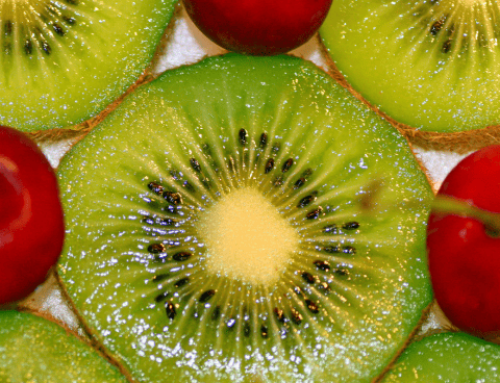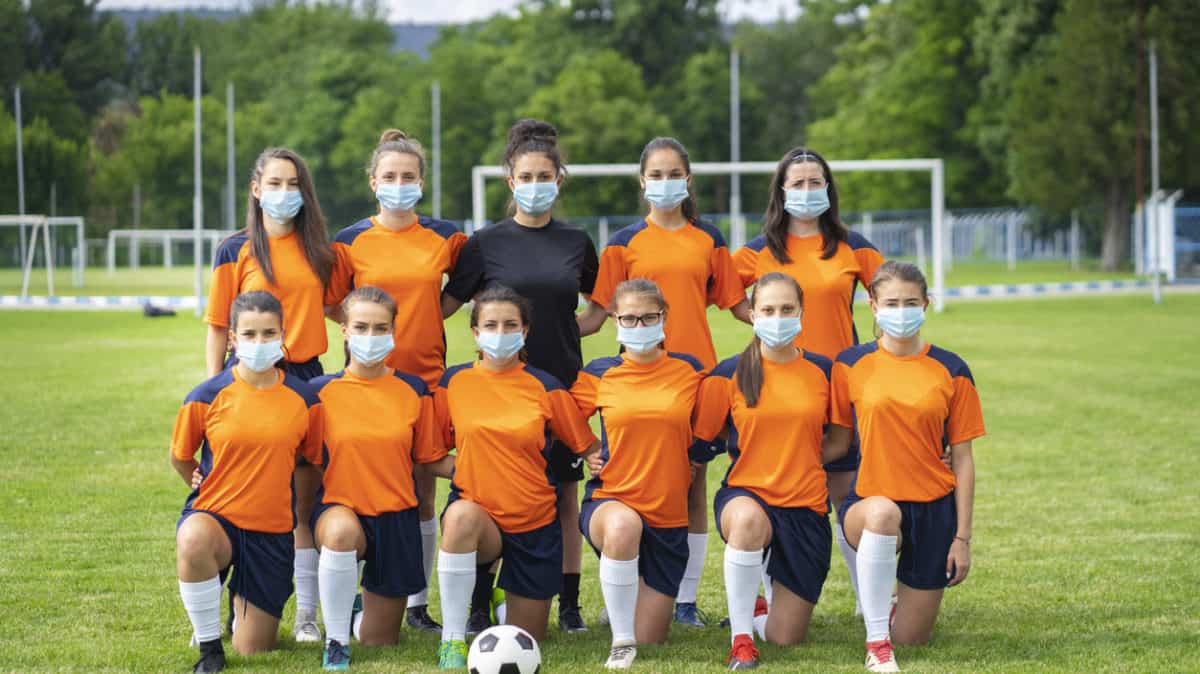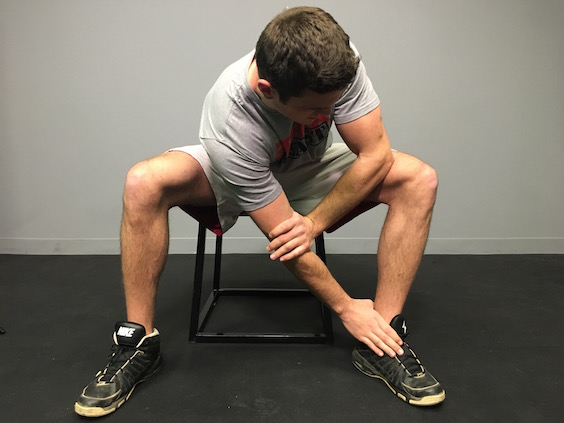Too much of a good thing is not good for you. That’s what researchers at the Norwegian School of Sport Sciences concluded following a study of how supplementation with vitamins C and E affected athletes undergoing endurance training.
The researchers recruited a group of 54 fit people (defined as individuals who had trained 1 to 4 times per week in the six months prior to the study)—28 women and 26 men. They divided them into two groups: a control group that received no vitamin supplementation, and an experimental group that supplemented their diet with 1,000 mg of vitamin C and 235 mg of vitamin E per day. Vitamin C is a popular supplement many use because they think it helps them avoid colds and flus (although this practice has been questioned by science).
Members of both groups followed an endurance training program for 11 weeks, performing three to four running workouts of varied intensity each week. Participants could replace one running session with cycling, cross country skiing or a similar whole body activity. The training sessions lasted either 30 or 60 minutes, with the exception of the interval training, which was a 4×4-minute routine.
Participants had blood samples and muscle biopsies taken approximately three days before and three days after the experiment. They were also tested for VO2 Max and their total distance covered in a 20-minute shuttle run test.
At the end of the experiment, both groups showed similar improvements in maximal oxygen uptake and in the shuttle run test. However, according to a press release issued following the study’s publication, only the placebo group showed an uptick in muscle mitochondria, the “power supply for cells.”
The researchers suspect that the antioxidant properties of vitamin C and E are what stunted mitochondria development among those who supplemented. Exercise is an oxidative process; it breaks down the muscles so that they can build themselves back up stronger. Since the vitamins act as antioxidants, they may have counteracted the oxidative stress process, thereby interfering with muscular endurance development.
“Our results indicate that high dosages of vitamin C and E—as commonly found in supplements—should be used with caution, especially if you are undertaking endurance training,” lead researcher Gøran Paulsen said in the press release.
So if you’re training for an endurance race but worried about catching a cold or flu, skip the supplements and opt for an orange. At about 80 mg of vitamin C per piece of fruit, oranges can provide you with your citrus hit (which may only offer a placebo effect against a cold) while keeping your antioxidant intake well below that of the participants in the study.
RECOMMENDED FOR YOU
Too much of a good thing is not good for you. That’s what researchers at the Norwegian School of Sport Sciences concluded following a study of how supplementation with vitamins C and E affected athletes undergoing endurance training.
The researchers recruited a group of 54 fit people (defined as individuals who had trained 1 to 4 times per week in the six months prior to the study)—28 women and 26 men. They divided them into two groups: a control group that received no vitamin supplementation, and an experimental group that supplemented their diet with 1,000 mg of vitamin C and 235 mg of vitamin E per day. Vitamin C is a popular supplement many use because they think it helps them avoid colds and flus (although this practice has been questioned by science).
Members of both groups followed an endurance training program for 11 weeks, performing three to four running workouts of varied intensity each week. Participants could replace one running session with cycling, cross country skiing or a similar whole body activity. The training sessions lasted either 30 or 60 minutes, with the exception of the interval training, which was a 4×4-minute routine.
Participants had blood samples and muscle biopsies taken approximately three days before and three days after the experiment. They were also tested for VO2 Max and their total distance covered in a 20-minute shuttle run test.
At the end of the experiment, both groups showed similar improvements in maximal oxygen uptake and in the shuttle run test. However, according to a press release issued following the study’s publication, only the placebo group showed an uptick in muscle mitochondria, the “power supply for cells.”
The researchers suspect that the antioxidant properties of vitamin C and E are what stunted mitochondria development among those who supplemented. Exercise is an oxidative process; it breaks down the muscles so that they can build themselves back up stronger. Since the vitamins act as antioxidants, they may have counteracted the oxidative stress process, thereby interfering with muscular endurance development.
“Our results indicate that high dosages of vitamin C and E—as commonly found in supplements—should be used with caution, especially if you are undertaking endurance training,” lead researcher Gøran Paulsen said in the press release.
So if you’re training for an endurance race but worried about catching a cold or flu, skip the supplements and opt for an orange. At about 80 mg of vitamin C per piece of fruit, oranges can provide you with your citrus hit (which may only offer a placebo effect against a cold) while keeping your antioxidant intake well below that of the participants in the study.










